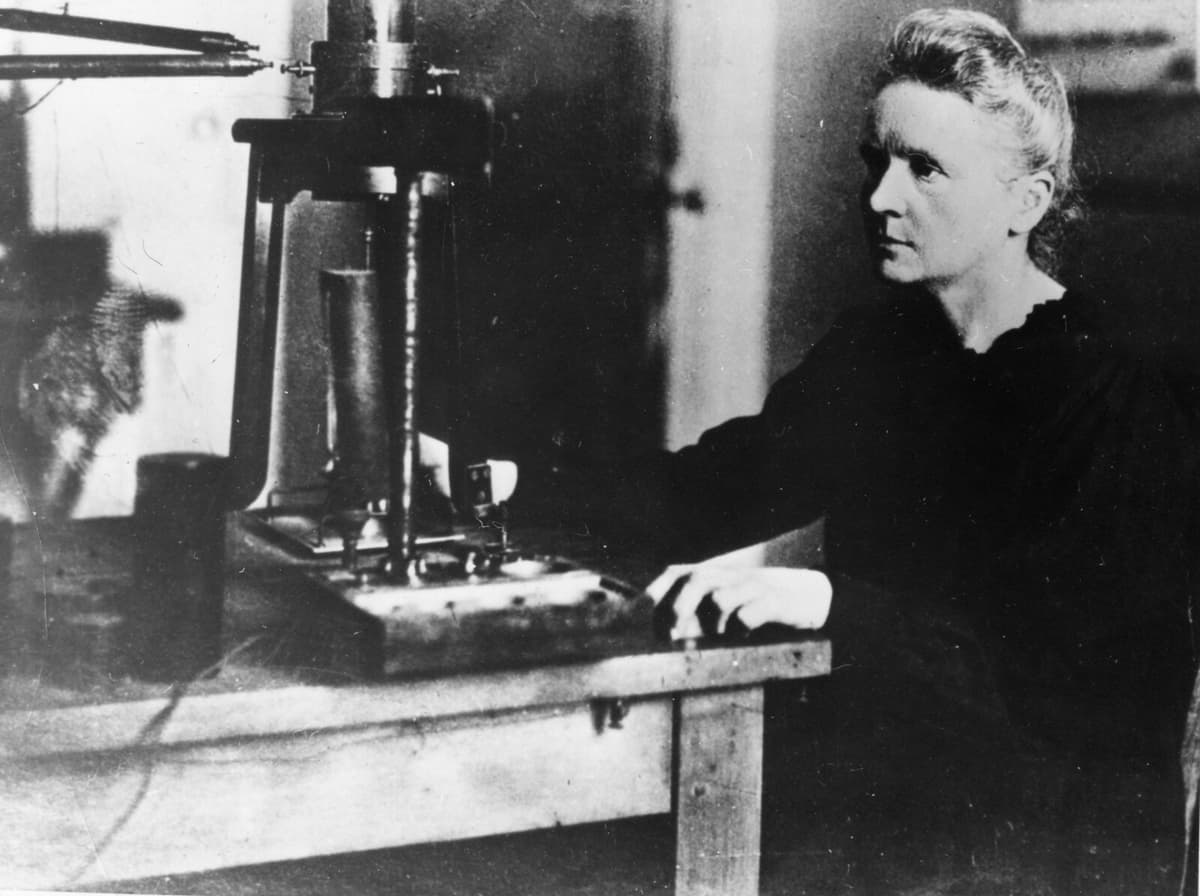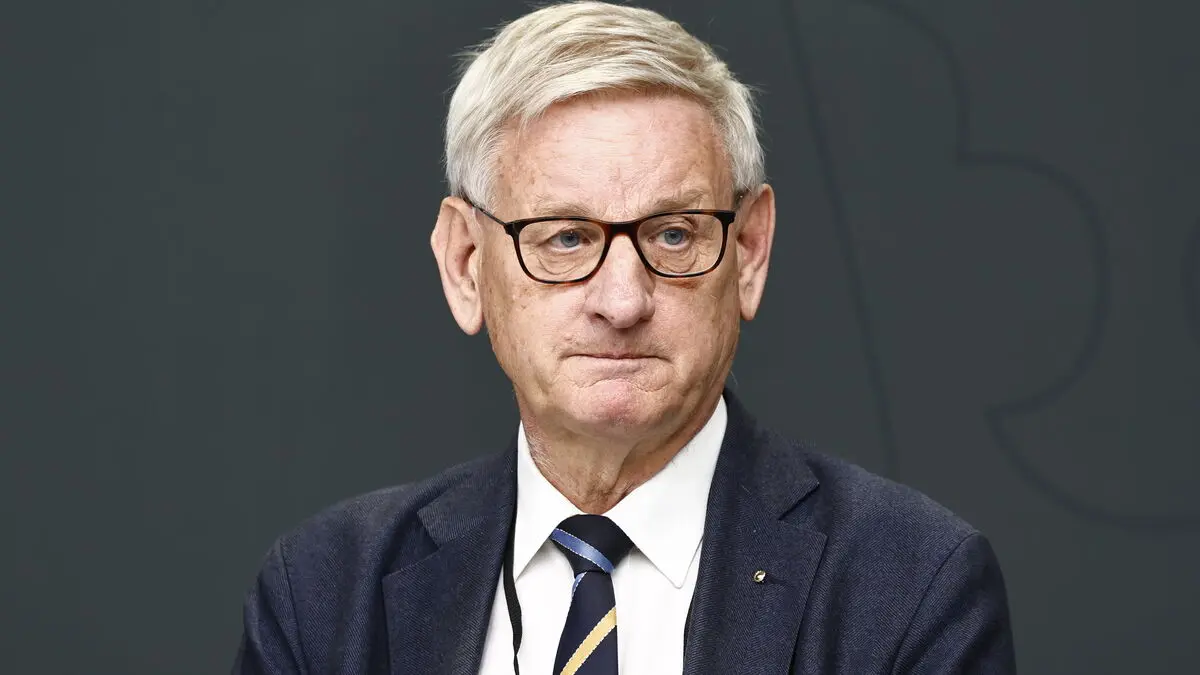Earlier this year, the European Central Bank (ECB) published a list of new themes and motifs on the euro banknotes. One of the motifs on the new 20-euro banknotes is proposed to be the double Nobel laureate Marie Curie. Or Marie Sklodowska-Curie, if you ask the Poles.
The absence of the Polish name Sklodowska, Marie Curie's maiden name, in the ECB's proposal has stirred up angry feelings in her country of birth. Protests against the ECB have come from, among others, Polish diplomats, EU parliamentarians and the Polish central bank governor Adam Glapinski, according to Politico.
Own currency
Many Poles interpret the missing maiden name as a sign that Europe is underestimating Poland's contribution to the continent's history, writes Euronews.
Poland does not use the euro, but has its own currency, zloty. But after the Polish pressure campaigns, the ECB has added the Polish surname in parentheses in its proposal.
Largest impact wins
The ECB has come up with proposals for two different themes for the new banknotes: "watercourses and birds" or "European culture". The design that gets the most impact from both the public and the jury will be printed on the new banknotes.
Marie Curie was born in Poland as Marie Sklodowska, but took her French husband Pierre's surname when they married in 1895. When the couple was jointly awarded the Nobel Prize in Physics in 1903, she was simply called Marie Curie, and so it remained as long as Pierre Curie was alive. But when she was also awarded the prize in Chemistry in 1911, after Pierre had passed away, she signed with the signature Marie Sklodowska-Curie.






